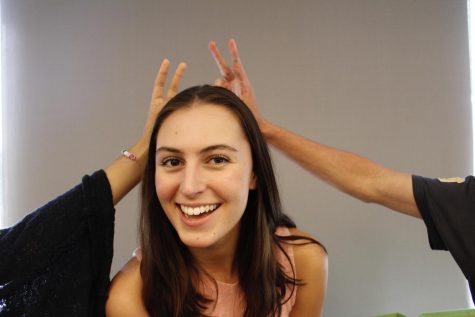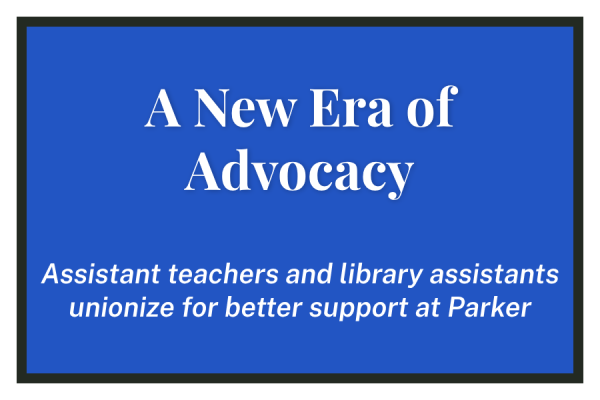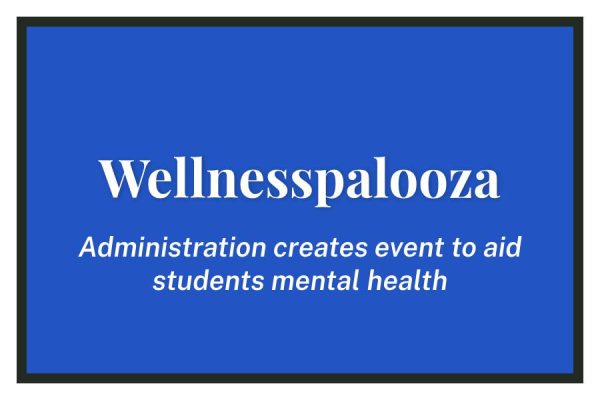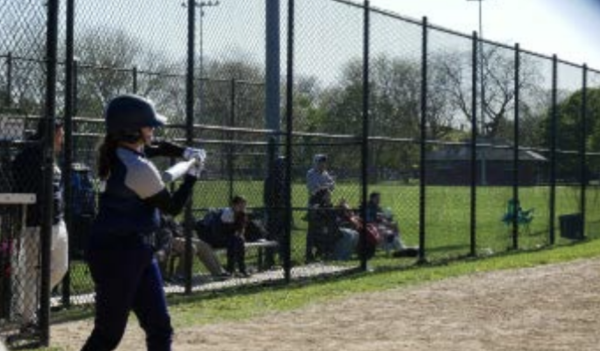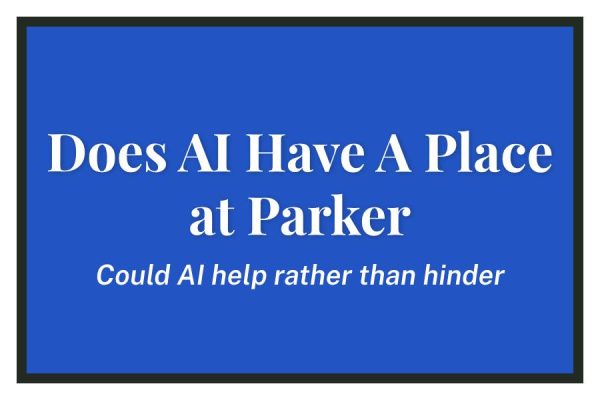print(“2nd Hour of Code”)
A Technology Tradition
On December 5th, in the Harris Center, a junior girl turns to her friend and shows her a line of code. When the girl clicks her mouse, a duck sound plays from her computer. “It worked!” she yells. They both start laughing at the bizarre quack.
They may not realize it, but the junior girls are laughing at code.
From 10:20 AM to 11:20 AM, the Upper School participated in the second annual Hour of Code. According to the Hour of Code website, the hour served as an “introduction to computer science, designed to demystify ‘code.’”
Students were split into three groups–– advanced, intermediate, and beginner–– based on their skill level in the field.
Throughout the library, Harris Center, cafeteria and various math classrooms, students huddled around laptops. In the intermediate and beginner groups, students were tasked with creating an app using code. The advanced coders were tasked with completing the “Advent of Code 2018.”
The Hour of Code was meant to spark interest in coding among students. “Although we have it as a requirement now, coding takes a backseat to a lot of other things around here,” Upper School Computer Programming teacher Aaron Lee said. When talking about the event Lee said, “it was just to give a little bit more exposure to students with coding.”
Parker was one among the 200 locations citywide to host an hour of code. The idea is to simply provide a student with a laptop and say “go.”
The Computer Technology Committee (CTC) put together the event alongside Lee, Director of Studies Sven Carlsson and Upper School Technology Facilitator Lisa Williams. Carlsson thought the hour was particularly important “because it was a student idea to begin with, and as a progressive school, the most important ideas are the ones that students say.”
With the experience of the first Hour of Code, planning was smoother. “It was basically just a continuation of the Hour of Code from last year,” junior CTC committee head Wil Rantala said. “It was easier planning it the second time around.”
After CTC came back from Thanksgiving Break, they hit the ground running. “It felt a bit rushed, trying to get everything together so quickly,” Rantala said. “But we ended up pulling it off for the most part.”
In the advanced room, students worked on their Advent of Code. For one of the challenges, they were given a long list of values. Using coding, they had to identify the first time a number repeated. While some worked diligently on their programming softwares, others turned to Google Sheets.
CTC Head Sophomore Bodie Florsheim was pleasantly surprised by student’s engagement. “I’ve seen a lot of people try to get the program working,” Florsheim said, “Which I didn’t think would happen honestly. I just thought people would be goofing off, which I have seen, but not as much as I thought.”
Some students had trouble connecting to the internet. Florsheim foresaw this issue. “We knew connectivity was going to be an issue,” Florsheim said. “When there’s a lot of people in such a small area, problems were going to arise, but it’s pretty much inevitable.”
CTC combatted this problem by instructing students and teachers to turn their phones on airplane mode as they entered the room.
Sophomore Emily Simon programmed in the library and experienced technical difficulties, but she saw the bright side. “I couldn’t open it up on my computer, so I did it with my friend on his computer,” Simon said. “Which was nice, because we did it together.”
Carlsson was a “co-partner” in planning the hour. When talking about coding he said, “it’s really what students need to know moving forward, for where the world is right now.”
Rantala sees the importance of computer programming as well. “It’s going to be the bulk of all jobs pretty soon,” Rantala said. “There already are really important jobs that people can’t be a part of because they don’t know coding.”
According to code.org, 49,291 computer science graduates entered the workforce last year in contrast to the 570,926 open computing jobs nationwide.
Carlsson wished that by completing hour of code, students would be less intimidated by it. “Hopefully students are like, ‘Oh, I know how to code now, and it’s pretty fun,’” Carlsson said. “I want them to say, ‘I have a sense of what coding is, and I can do it.’”
Over the past four years, Lee has witnessed the growing interest of computer programming at Parker. Originally hired as a part time teacher, Lee taught one class his first year. Now, he he has a full course load. “I think the interest has always been there, it just wasn’t really available.” Lee said.
Lee sees the importance of the event. “A student can go a whole year here without touching anything coding related,” he said. “You can avoid it.” This hour of code serves as a way for all students to touch base with the field at least once during the year.
Lee has worked with teachers to integrate computer programming in other disciplines. He wishes this event will promote that kind of thinking. “Hopefully this opens eyes, not just for the students, but also for the teachers.” Lee said. He noted that seeing students engaged in coding and experiencing it for themselves “might encourage teachers to do coding in their own classes.”
